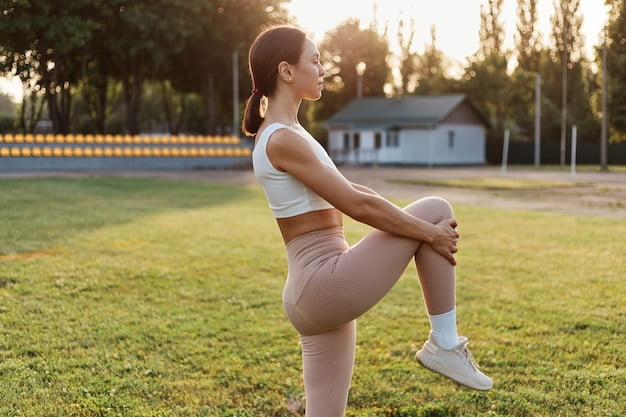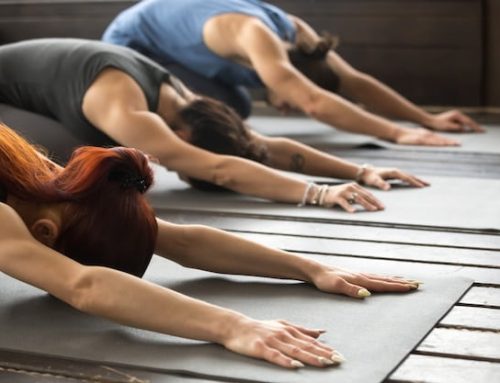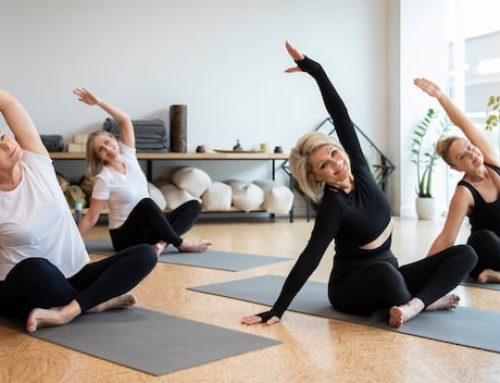The Science behind Stretching: Why does it feel so good when tired?
Stretching is an essential component in any fitness program, but have you ever wondered why it feels so good when you’re tired? Whether you’re a runner, a weightlifter, or just someone who spends most of their day sitting in front of a computer, stretching is a crucial aspect of maintaining your physical and mental health.
What is stretching?
Stretching is a natural movement that we do every day without even thinking about it. It is the act of lengthening and elongating your muscles, tendons, and ligaments through a variety of exercises. The primary purpose of stretching is to improve flexibility, increase range of motion, and promote blood flow to the muscles.
Why does stretching feel good?
Stretching provides many benefits to the body, including releasing tension in the muscles, improving circulation, and reducing stress. When you stretch, you activate the parasympathetic nervous system, which is responsible for the relaxation response in the body. This response releases feel-good hormones such as dopamine, endorphins, and serotonin, which contribute to a sense of calm and wellbeing.
Stretching and blood flow
Stretching also improves blood flow to the muscles, which can reduce soreness and stiffness. When you stretch, you create space between the muscle fibers, allowing oxygen and nutrients to flow freely. This increased blood flow also helps flush out waste products such as lactic acid, which can build up during exercise and cause muscle fatigue.
The role of stretching in injury prevention
Stretching is an essential component of injury prevention, as it helps to improve flexibility and strength. When your muscles are tight and inflexible, it can put undue stress on your joints and increase your risk of injury. Regular stretching can help to reduce this risk by improving your range of motion and reducing muscle imbalances.
When to stretch
Stretching can be done at any time of the day, but it is especially beneficial after exercise when your muscles are warm and pliable. It’s essential to avoid overstretching or stretching cold muscles, which can lead to injury. Instead, ease into each stretch gradually and hold it for 15-30 seconds. If you feel any pain, stop immediately and seek medical attention if necessary.
Types of stretching
There are several types of stretching, including static stretching, dynamic stretching, ballistic stretching, and PNF stretching. Static stretching involves holding a particular position for a set period, while dynamic stretching involves moving through a range of motion. Ballistic stretching involves using momentum to stretch, whereas PNF stretching involves contracting and relaxing muscles to improve flexibility.
Conclusion
In conclusion, stretching is an essential aspect of maintaining physical and mental health. It provides numerous benefits, including increasing flexibility, improving range of motion, reducing stress and tension, and promoting blood flow to the muscles. By incorporating stretching into your fitness routine, you can improve your overall health and wellbeing, and reduce the risk of injury. Remember to stretch regularly, and always listen to your body to avoid overstretching or injury.






